HISTORY-
The T-26 light tank design is derived from the British Vickers 6-ton tank. In the early 1930s, a Soviet buying committee travelled to Britain and purchased tanks, tractors, and cars for use in the Soviet Union, of which the Vickers tank was chosen. Fifteen Twin-turreted Vickers tanks arrived in the Soviet Union in May 1930, equipped with only machine guns. Four more Vickers were delivered at the end of 1930, these being the single-turret variants with a 47 mm gun, and the deliveries were finished by 1932. The Vickers-produced tanks were designated as the V-26.
The Vickers 6-ton tank competed with several Soviet designs for the "most suitable" tank design for Soviet use. One such competitor was the Soviet T-19 light tank, which had advantages over the Vickers design, but also disadvantages. The T-19 designer, S. Ginzburg, suggested for a "hybrid" tank to be built off the features of the T-19 and the Vickers tank. But in January 1931, intelligence picked up that Poland bought up many foreign tanks from Britain and France with a license to mass-produce them. This information pressured the Soviet military council to adopt the foreign tanks into Soviet usage, thus the Vickers 6-ton tank, under the designation as the T-26, was accepted into service on February 13, 1931, as the mainstay of the Red Army's armoured forces.
T-26 screenshot 3.jpg
Although outclassed later in the war, it was considered one of the more successful and widely produced tank models in the 1930s. It, along with the BT light tanks, composed the majority of Soviet armoured forces in the late 1930s. It weighed just a little under 10 tons, had 15 mm thick armour in front, with a 45 mm 20K gun, and had a crew of three people. The Bolshevik Factory in Leningrad was the first factory to start producing the T-26 from June 1931, and production of the tank lasted from then until 1941.
souce- https://wiki.warthunder.com/T-26
Specifications
General Characteristics
- Created On Windows
- Wingspan 7.4ft (2.3m)
- Length 15.6ft (4.8m)
- Height 8.6ft (2.6m)
- Empty Weight 6,414lbs (2,909kg)
- Loaded Weight 8,242lbs (3,738kg)
Performance
- Wing Loading N/A
- Wing Area 0.0ft2 (0.0m2)
- Drag Points 3706
Parts
- Number of Parts 42
- Control Surfaces 0
- Performance Cost 395

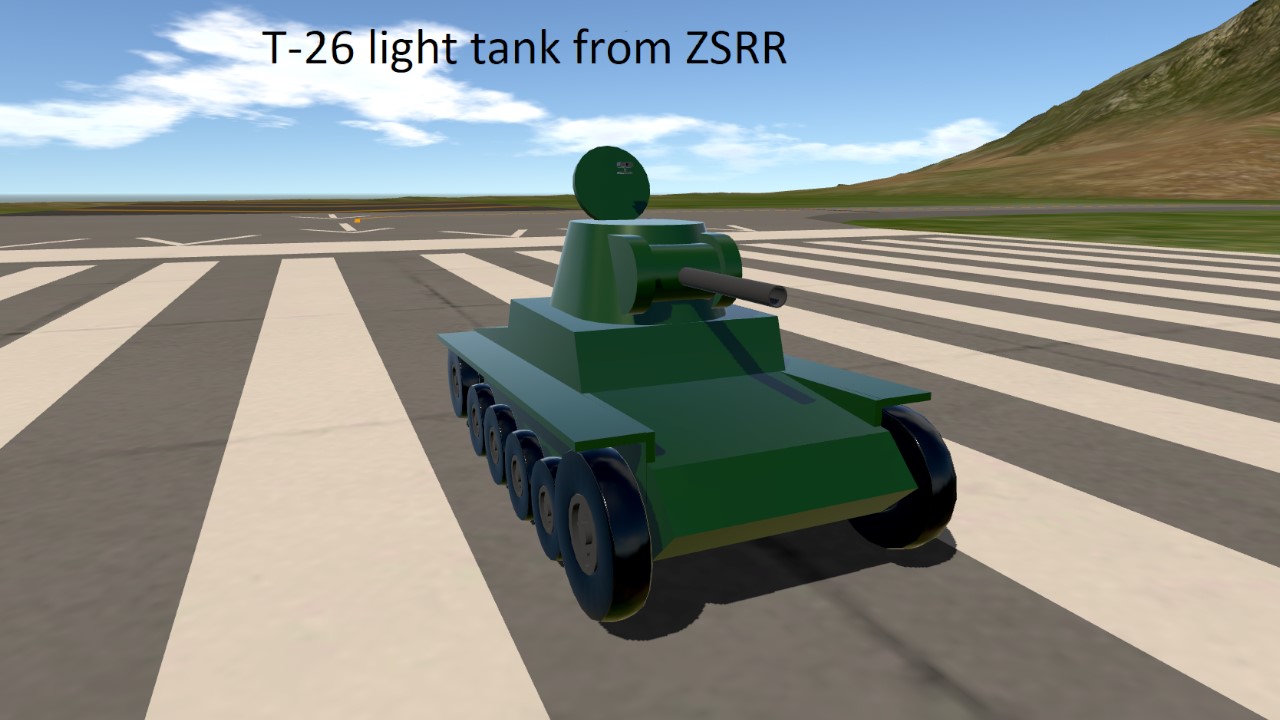
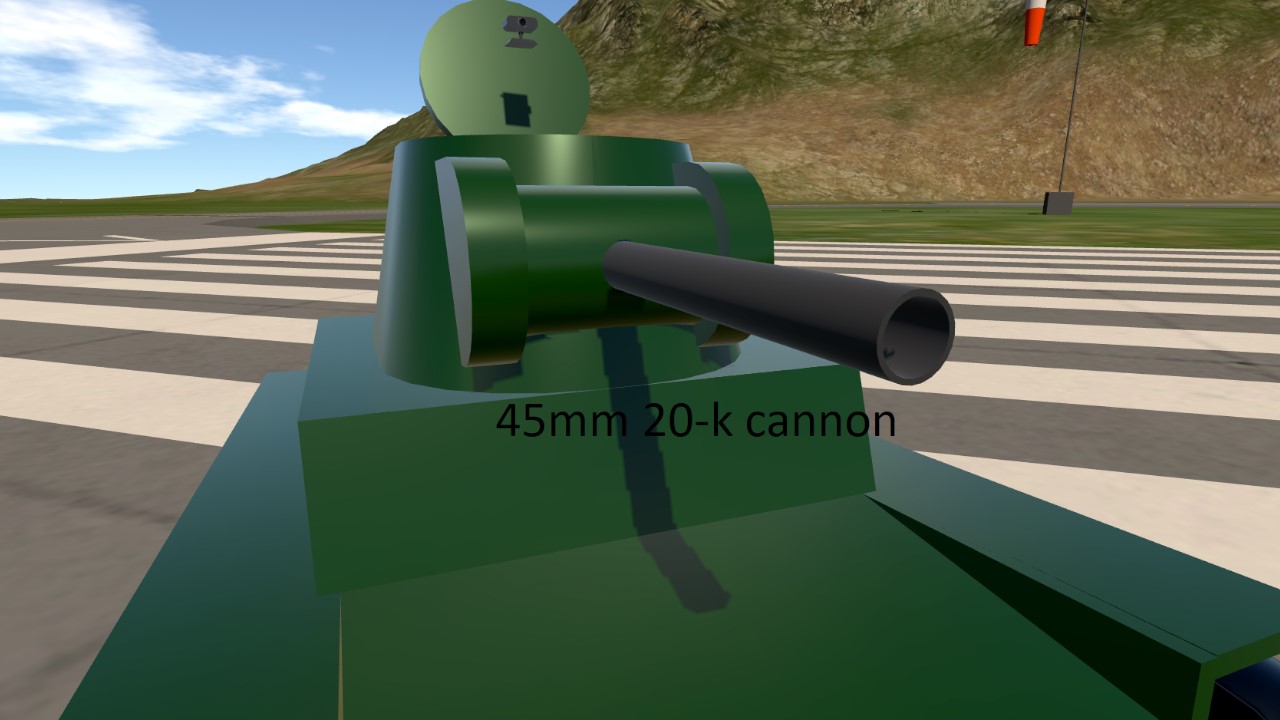
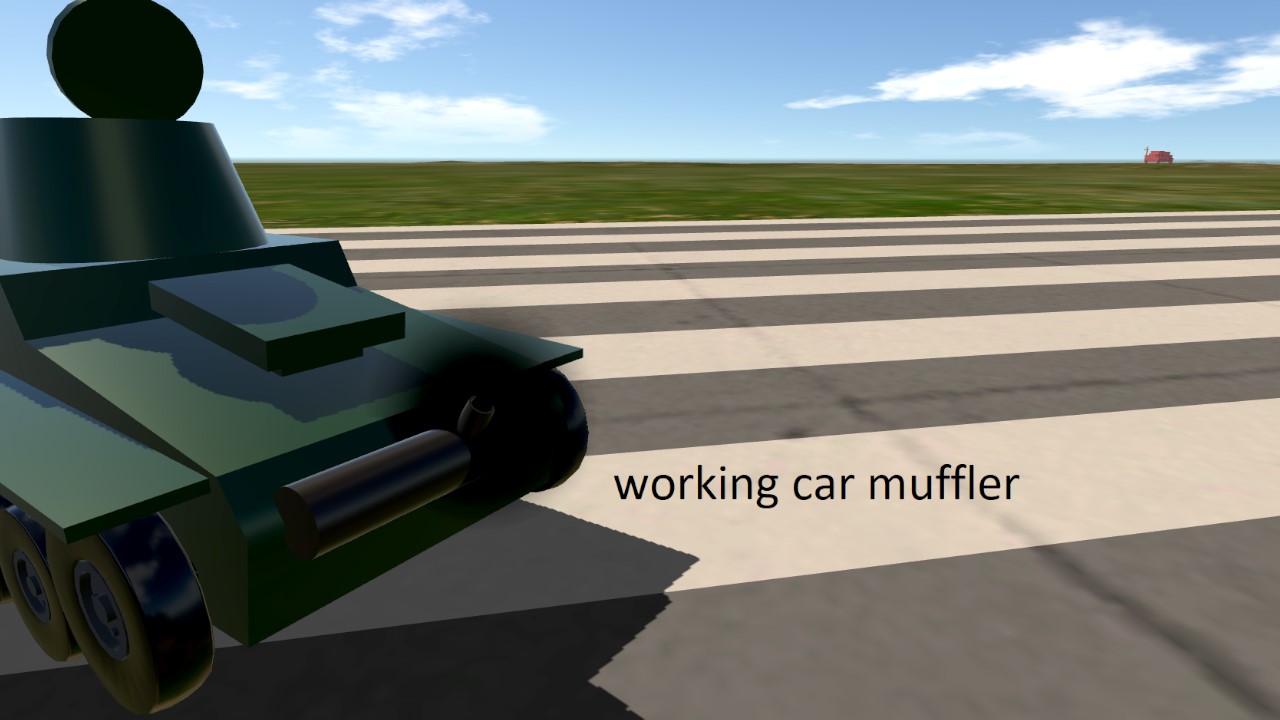
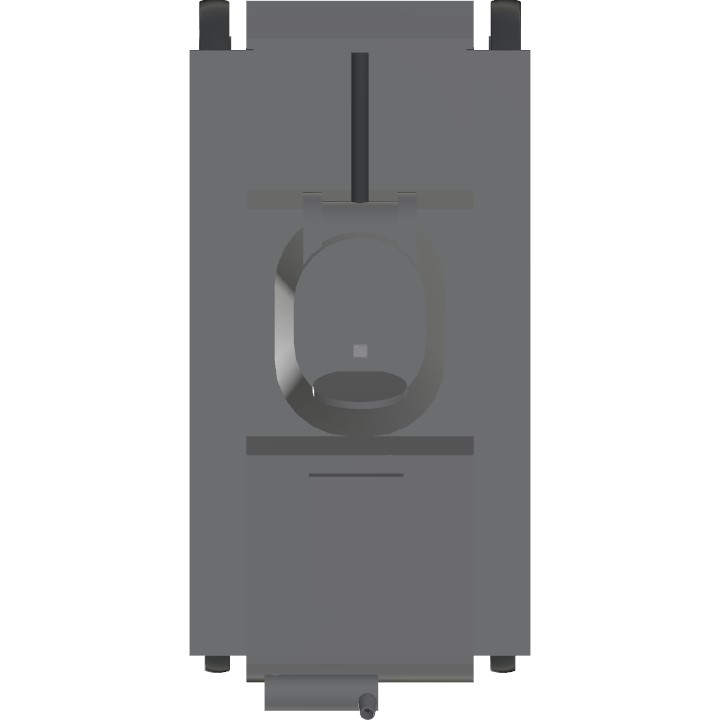
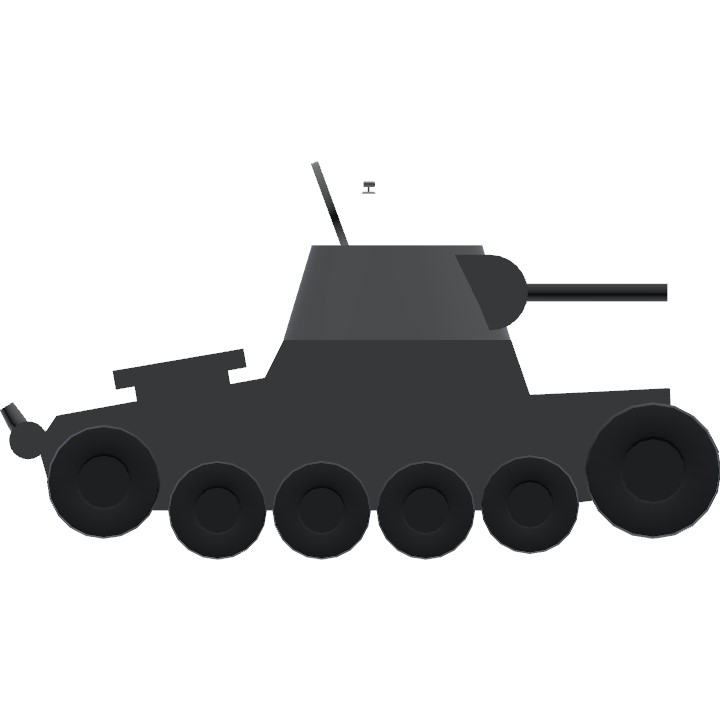
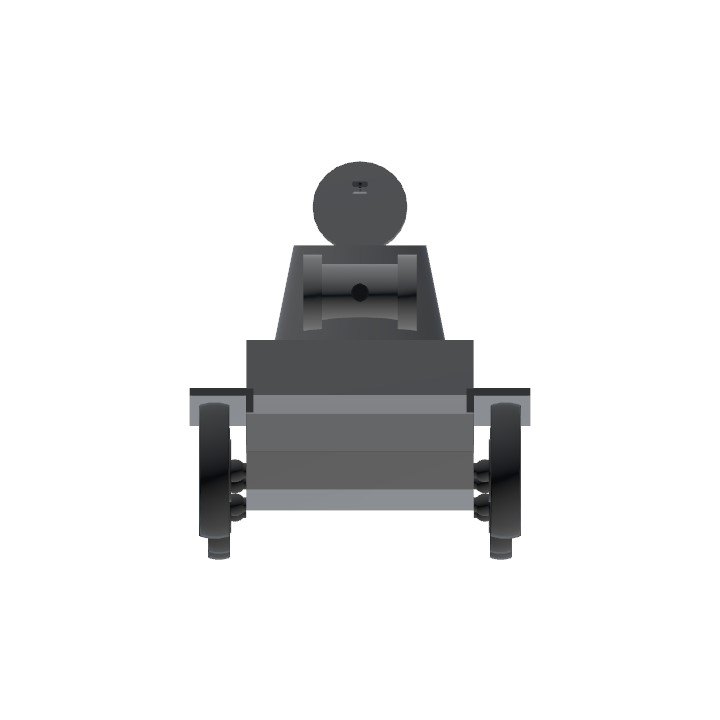
Cool!